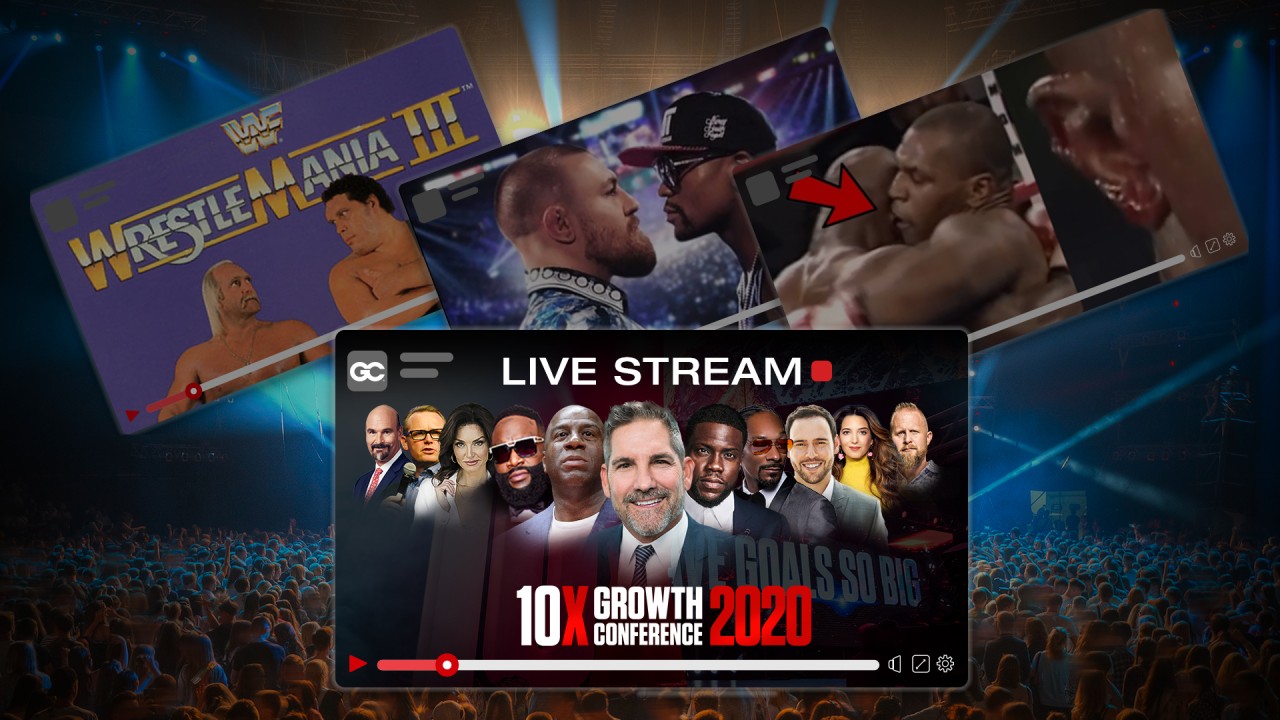
Pay-per-view events have transformed how we watch some of the most anticipated spectacles in entertainment and sports. From monumental boxing matches to groundbreaking wrestling events, and even exclusive concerts, this model has made it possible for fans to get front-row seats to history-making moments, all from the comfort of their homes. But how did this phenomenon begin? The history of pay-per-view is as fascinating as the events it broadcasts. It's a journey through technological innovation, savvy marketing strategies, and moments that have captivated millions worldwide. In this introduction, we'll uncover ten intriguing facts about the evolution of pay-per-view events, shedding light on how this format became a pivotal part of our viewing experience. Join us as we delve into a story that's about much more than just watching; it's about experiencing history as it happens.
Key Takeaways:
- Pay-Per-View (PPV) began in the 1950s with closed-circuit broadcasts in theaters, evolving to home television in the 1970s, and expanding to cable and satellite providers in the 1980s.
- The digital age brought internet PPV (iPPV) and streaming platforms, but modern PPV events still thrive with interactive elements and exclusive content, proving its relevance alongside subscription-based services.
The Origins of Pay-Per-View
Long before streaming platforms dominated entertainment, pay-per-view (PPV) events carved out a niche in broadcasting history. PPV allowed viewers to purchase events to watch live from their homes, revolutionizing how audiences accessed premium content.
-
The concept of PPV dates back to the 1950s, with the first notable instance occurring in 1951. This was when a closed-circuit broadcast of the Joe Louis vs. Jersey Joe Walcott heavyweight boxing match was shown in theaters across the United States.
-
Initially, PPV technology was used primarily for boxing matches, which were broadcasted to a limited audience in theaters. It wasn't until the 1970s and 1980s that the technology evolved to allow broadcasts directly to home televisions.
The Expansion into Home Entertainment
With technological advancements, PPV became more accessible, marking its expansion into home entertainment. This shift allowed viewers to enjoy a variety of events from the comfort of their living rooms.
-
In 1980, the first true PPV cable television event was broadcast. This was the fight between Sugar Ray Leonard and Roberto Durán II, famously known as the "No Más Fight."
-
Wrestling also played a significant role in the PPV industry. WrestleMania, produced by the World Wrestling Federation (now WWE), became one of the first wrestling events to be available through PPV in 1985.
The Role of Cable and Satellite Providers
Cable and satellite providers were instrumental in the growth of PPV. They offered these events as part of their subscription packages, making it easier for viewers to access a wide range of content.
-
By the late 1980s, major cable companies like HBO and Showtime began offering PPV events, which included not only sports but also concerts and special movie premieres.
-
Satellite providers also jumped on the PPV bandwagon, with companies like DIRECTV offering a plethora of PPV options by the 1990s, further broadening the market.
The Impact of Digital Technology
The advent of digital technology and the internet introduced new ways for audiences to access PPV events, significantly impacting the industry.
-
The late 1990s and early 2000s saw the introduction of internet PPV (iPPV), allowing promoters to stream events live online, reaching a global audience.
-
This digital shift led to the creation of platforms like UFC Fight Pass and WWE Network, which offer extensive libraries of past events and live PPV broadcasts, changing how fans engage with content.
The Future of Pay-Per-View
As streaming services continue to grow, the PPV model has adapted, finding new ways to remain relevant in the age of on-demand content.
-
Modern PPV events now often include interactive elements, such as live tweeting and exclusive online content, to enhance the viewing experience.
-
Despite the competition from subscription-based streaming services, PPV events still generate significant revenue, especially for blockbuster sporting events and concerts, proving that the model can coexist with modern streaming platforms.
A Final Look at PPV's Evolution
Pay-per-view events have come a long way, transforming from humble beginnings into a massive industry. This journey reflects not just changes in technology but also shifts in consumer behavior and entertainment consumption. From boxing matches to blockbuster movies and live concerts, PPV has made exclusive content accessible to audiences worldwide. Its evolution highlights the industry's ability to adapt and thrive, ensuring that fans don't miss out on key moments. As we've seen, the impact of PPV is undeniable, shaping how we experience entertainment. Its future, likely filled with more innovations, promises to keep us on the edge of our seats. So, here's to the ongoing saga of pay-per-view, a testament to human ingenuity and our endless quest for entertainment.
Frequently Asked Questions
Was this page helpful?
Our commitment to delivering trustworthy and engaging content is at the heart of what we do. Each fact on our site is contributed by real users like you, bringing a wealth of diverse insights and information. To ensure the highest standards of accuracy and reliability, our dedicated editors meticulously review each submission. This process guarantees that the facts we share are not only fascinating but also credible. Trust in our commitment to quality and authenticity as you explore and learn with us.
